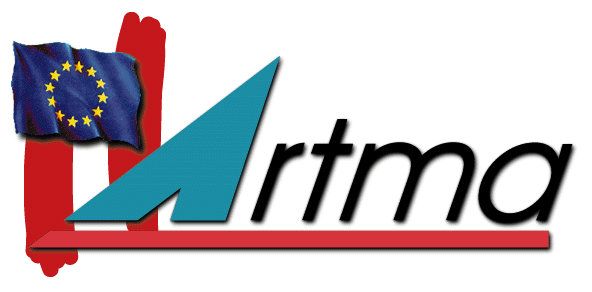
Currently available systems using tracker technology depend on the accuracy of the digitizing system. The Artma Virtual Patient® System uses redundant information, digitizer data and real time imaging data. Intraoperatively the accuracy of the system is continuously verified. It is therefore the most accurate system available because it also detects morphological changes.
The Artma Virtual Patient® System can be used with any tracking technology available. We have extensive experience with magnetic field sensors. Some authors claim that magnetic field technology might be unreliable under real world conditions.
Because the Artma Virtual Patient® System simultaneously calculates a stereophotometric reconstruction from static or live imaging data it is more reliable than any single digitizing technology.
Because of the Interventional Video Tomography technology (IVT). We will successively publish more papers to describe the proprietary technical concept.
Augmented reality (AR) fuses computer generated structures with the real world. The IVT technology developed by Artma for simulation in AR is the equivalent to 3D reconstruction in conventional medical imaging.
The IVT data set represents a 4D data set in stereotactic space and contains image, surface topography and motion data. This data set can be accessed locally or over a network. Time synchronization problems are eliminated because the stereotactic information is embedded in the video transmitted over a network.
For telesurgery the transmission of live video data from the operating site seems mandatory. Interventional Video Tomography is the core technology of the Artma System.
The technology will be used to network computer systems within a department, between different departments and consultants. Telesurgery is only one of the many applications possible.